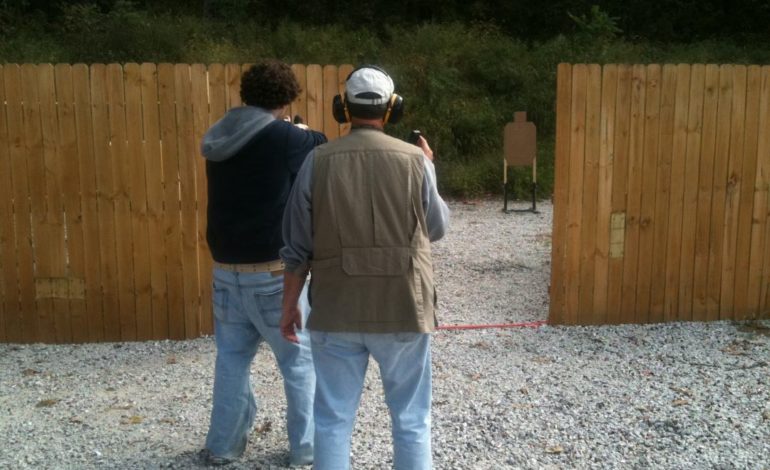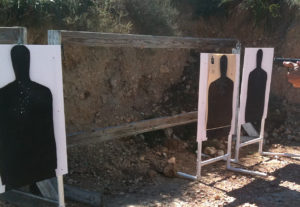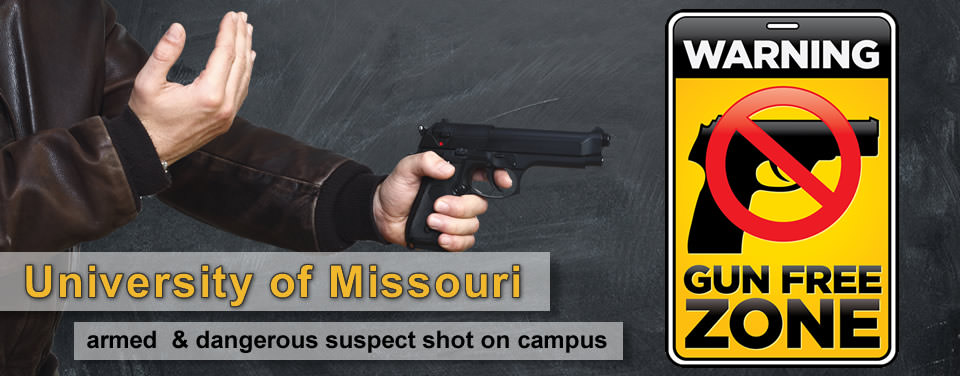
Why Practice With Your Firearm
Practicing with your firearm is very important! It’s not just about getting to know your weapon, it’s about building up the skills and confidence to use it safely and effectively. By practicing with your firearm, you can get better at hitting your target, and you can train your muscles to respond correctly in an emergency.
Firearm safety is a big deal! It’s important to make sure you’re handling your weapon safely so that you and others stay protected. By practicing with your firearm, you can get to know the safety features and make sure you’re handling your weapon in a safe and responsible way.
While practicing with your firearm may seem like it’ll break the bank, don’t worry! Choosing a 9mm handgun like the Glock 17 or 19 is a smart move because 9mm ammunition is more affordable than other ammunition. That means you can practice more often without emptying your wallet. So, don’t be afraid to invest in regular firearms practice – it’s a small price to pay for the peace of mind that comes with being prepared for any situation.
Choosing A Shooting Range
Choosing the right shooting range can be an important part of improving your skills and keeping yourself safe while practicing with your firearm. When selecting a shooting range, it’s important to look for certain features that will help you get the most out of your practice time. You’ll want to find a range that has experienced and helpful staff, well-maintained facilities, and a good selection of targets and firearms. You’ll also want to make sure the range has safety protocols in place and has a good track record of adhering to them.
On the other hand, there are certain things to avoid when selecting a shooting range. A poorly maintained range can put you and others at risk, so be sure to look for signs of neglect or disrepair. It’s also important to steer clear of ranges that have inexperienced or unprofessional staff or that don’t take safety seriously. Ranges that allow unsafe practices, such as drawing from a holster or rapid-fire shooting, can be dangerous and should be avoided.
One option to consider is an indoor range, which offers a controlled environment that can help you focus on your training. Indoor ranges offer the benefits of controlled temperature, lighting, and ventilation, as well as the ability to practice in inclement weather. Many indoor ranges also have a wide selection of targets and firearms to choose from, and often offer training and classes to help improve your skills. However, outdoor ranges can also be a great option for those who enjoy the fresh air and outdoor experience. Ultimately, the key is to find a shooting range that meets your needs and provides a safe and enjoyable practice environment.
How Often Should You Practice?
How often you should train with your firearm depends on your level of experience and your personal goals. As a general rule of thumb, it’s recommended that you practice with your firearm at least once a month, but ideally more often. This regular practice can help you maintain your skills and build up muscle memory, so you’re prepared to react quickly and accurately in a high-stress situation. However, if you’re new to firearms or have limited experience, it may be beneficial to practice more frequently to build up your proficiency and comfort level.
Types of Shooting Targets
Paper targets are a popular choice for firearms practice due to their low cost and the ability to display a variety of designs, such as bullseyes or silhouettes. The downside of paper targets is that they can be easily damaged, and may not last for multiple uses. However, they are still a great option for those looking to improve their accuracy on a budget.
Reactive targets are another popular option for firearms practice, providing immediate feedback when hit. These targets can be made of materials like clay or plastic and often include designs that spin or fall when hit. They are more expensive than paper targets, but the instant feedback can help improve accuracy and add an element of fun to practice.
Steel targets are a highly durable and reusable option for firearms practice. They provide an audible confirmation when hit, and can last for thousands of rounds with proper maintenance. The downside of steel targets is that they can be expensive and require a range that is designed for their use to ensure safety. Steel targets should only be used at ranges with appropriate backstops and distances, as shooting too close or with the wrong caliber can cause ricochets or damage to the target.
Safety Precautions
When practicing with firearms, safety should always be your top priority. There are several key safety concerns to keep in mind when doing shooting practice. The first and most important rule is to always keep the firearm pointed in a safe direction. This means that the muzzle of the firearm should always be pointed in a direction where no one will be in danger if the weapon were to discharge. Additionally, it’s important to keep your finger off the trigger until you are ready to shoot.
Another important safety concern when doing shooting practice is the use of proper eye and ear protection. Shooting can be a noisy activity, and prolonged exposure to loud sounds can cause hearing damage. Additionally, fragments of lead or other materials can pose a risk to the eyes, so it’s important to wear protective eyewear.
Finally, it’s important to be aware of your surroundings and to follow all range safety rules. This includes being mindful of other shooters and following proper range etiquette. You should also be aware of the range’s safety protocols, such as when it’s appropriate to handle your firearm, and when it’s safe to retrieve targets or approach the firing line. By following these safety rules and keeping a watchful eye, you can help ensure a safe and enjoyable shooting practice experience.
Motion Shooting Targets
There’s a reason why clay shooting is so popular, it’s more fun to try and hit a moving target than it is to put holes on a piece of cardboard. The idea of shooting at moving targets creates a fun, challenging atmosphere for the shooter and also mimics the real life scenario of birds flying away. So why should defensive shooting be any different?
Many defensive pistol leagues now a days are starting to see the advantages of using moving targets during training and matches. In the real world, rapers, muggers and home invaders don’t just stand still when you’re firing at them, so why should your training reflect such a ridiculous scenario. While moving targets are typically more expensive, they are definitely worth the cost to prepare shooters for real life scenarios. With a little ingenuity and sweat, you can even make your own moving targets – Just take a look at what others have done and duplicate their designs…
Sliding & Dropping Targets
Swinging Targets
- http://www.youtube.com/watch?v=0sB_F25bkxA
- http://www.youtube.com/watch?v=mXv3cCTEykU
- http://www.youtube.com/watch?v=RE7t7wbpSOA







